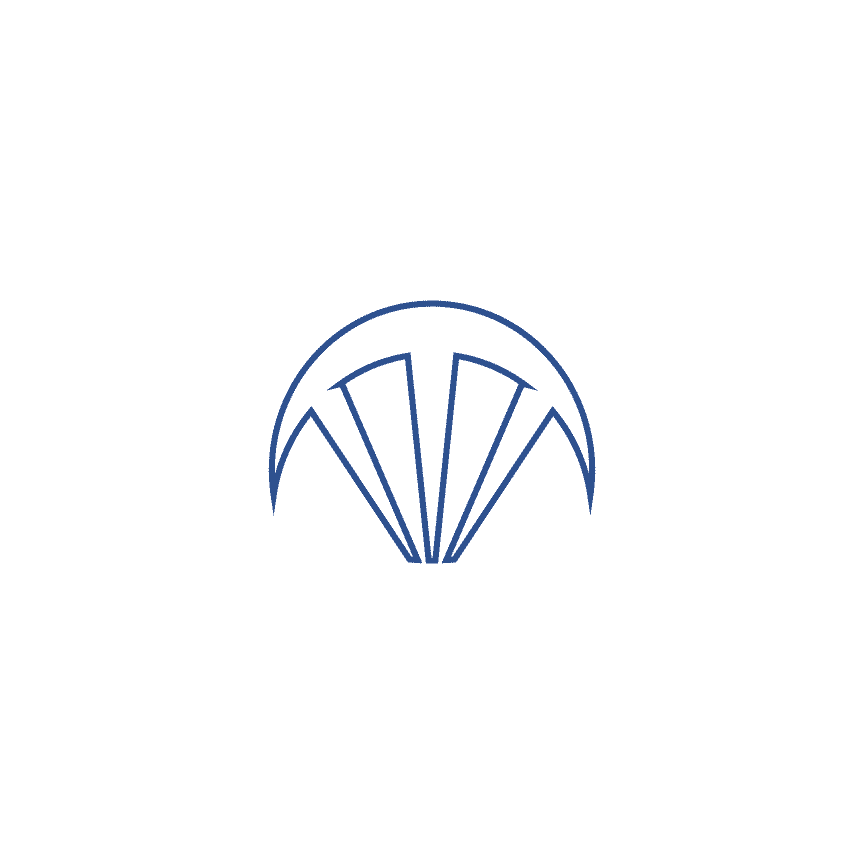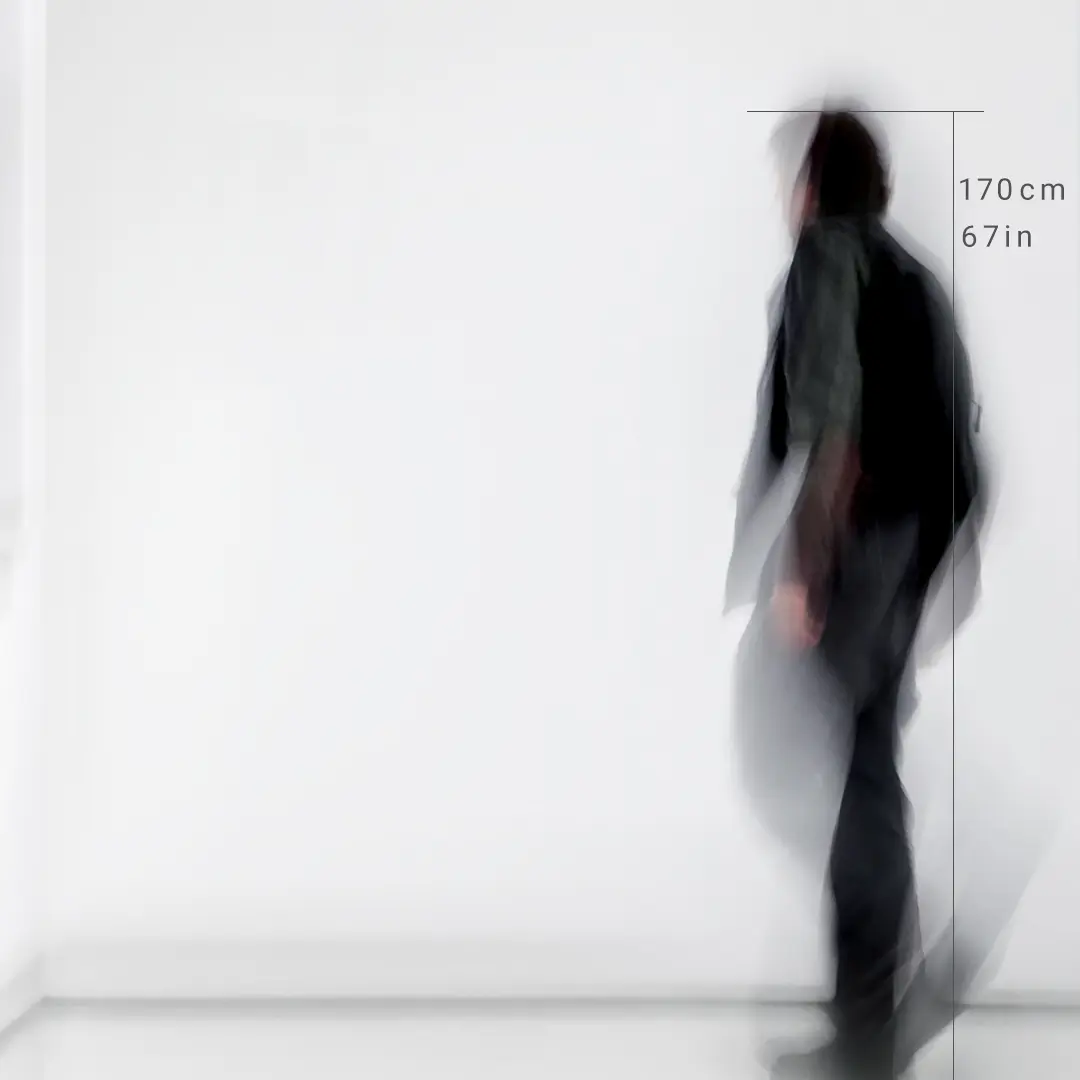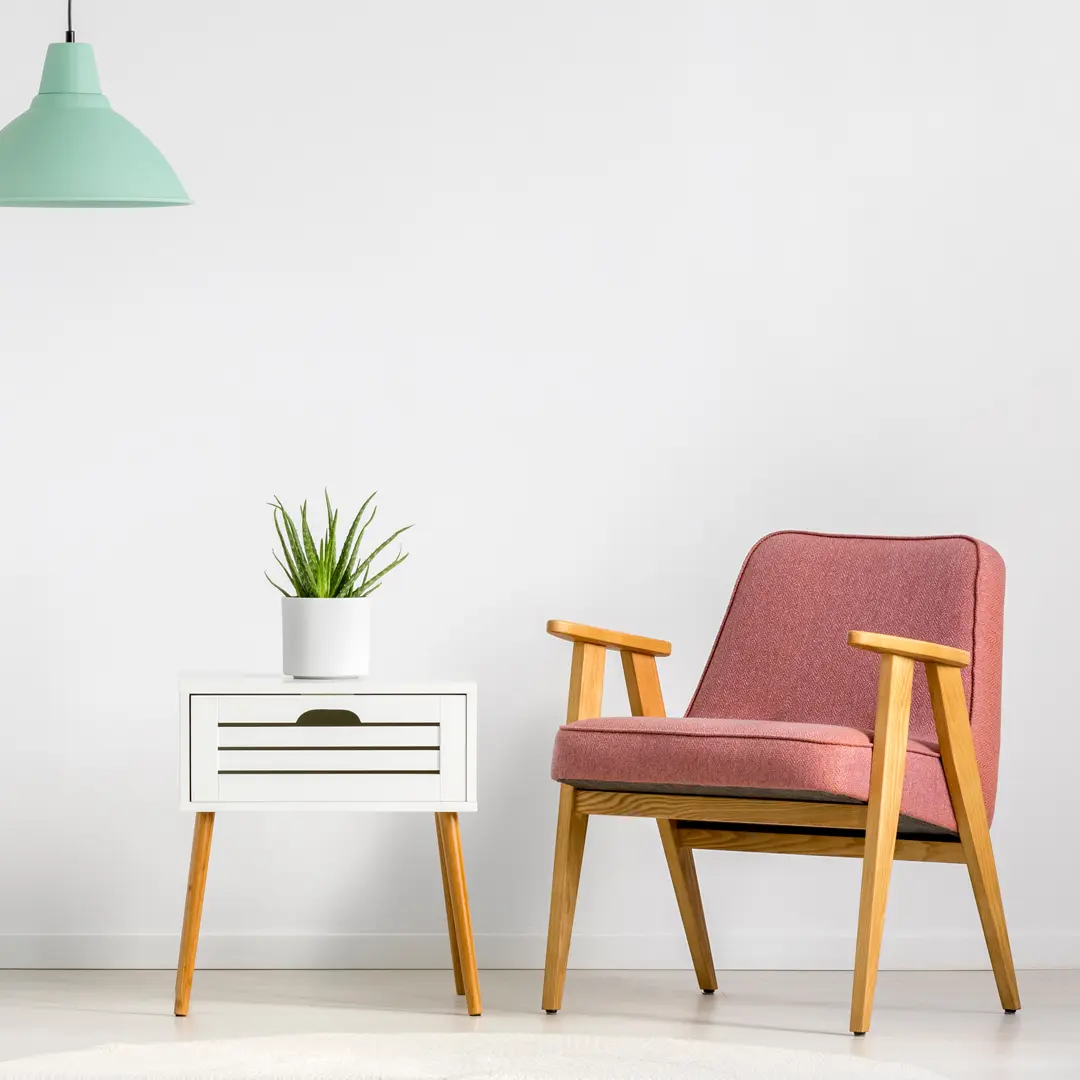Using Japanese paper, gold, silver mud, gold leaf, and mineral pigments. Panel P3 size. The panel frame is covered with black water-repellent tape. The background color is black, so it may be displayed as it is. The Japanese painting material, gold leaf sandpaper, is applied. The lotus flower came from China with the arrival of Buddhism. Since ancient times, lotus flowers have been popular as a symbol of Buddhism, representing the enlightenment of Buddha. Japanese painting is based on a style of painting that has existed for more than 1,000 years, and uses traditional materials that have been cultivated throughout history. The technique involves painting on Japanese paper, silk, wood, etc., using natural paints such as sumi ink, iwa-enogu (mineral pigments), gofun (gofun), etc., and glue (nikawawa) as an adhesive. Gold and other metal materials (gold leaf, etc.) are also used. Iwa-enogu, made from ores, is a beautiful, sand-like powder. Mizuhigure, made from clay, is a fine, stretchy paint with fine particles. Artificial versions of iwa-enogu and mizuhoshi-enogu are also made, and are available in a wide variety of colors. Goko, made from shells, is a white pigment with fine particles.


































































.jpg&w=400&output=jpg&q=70)


